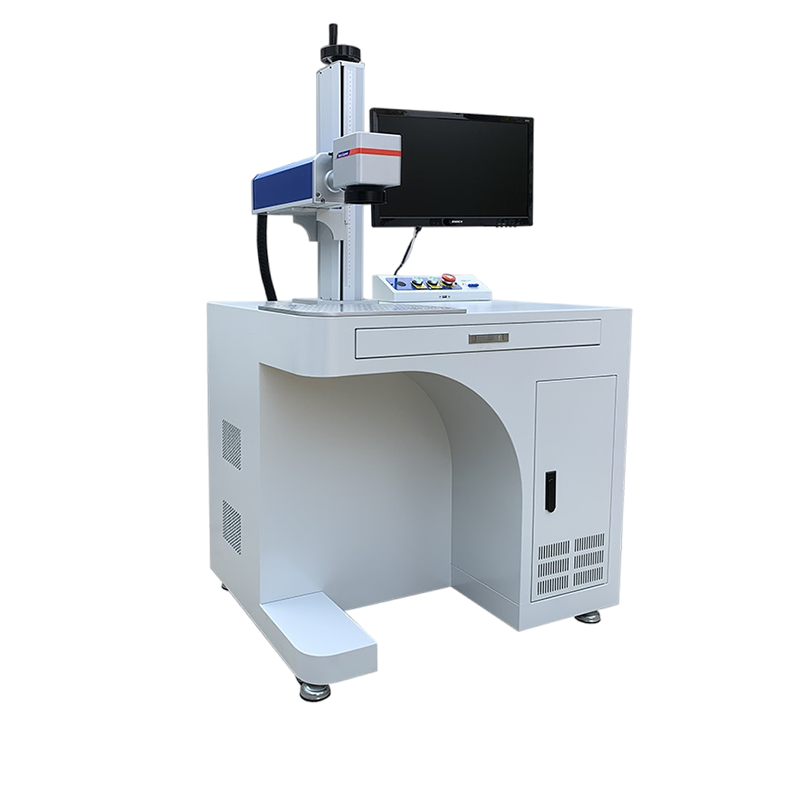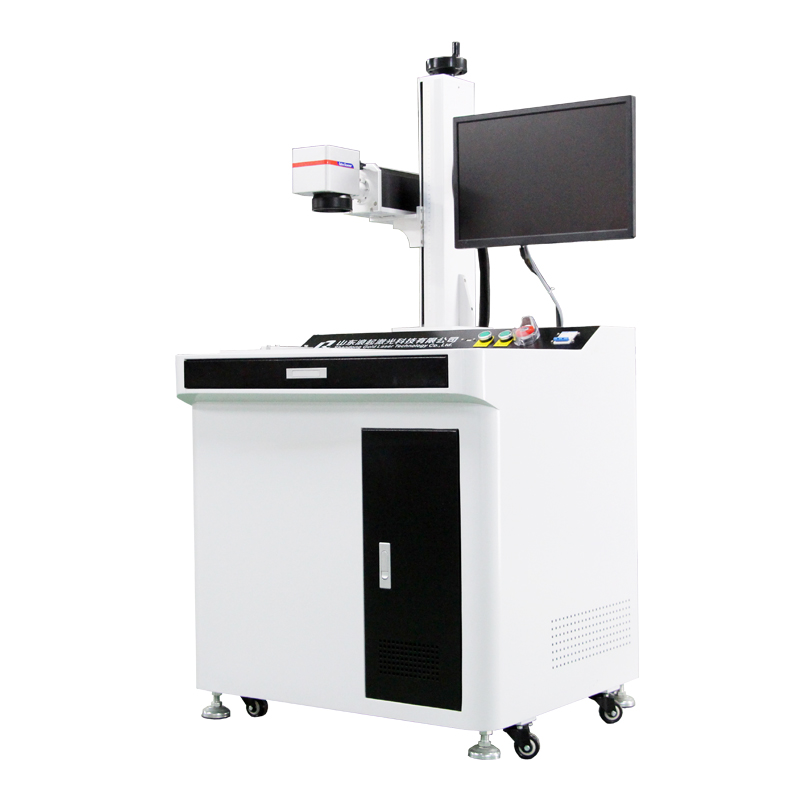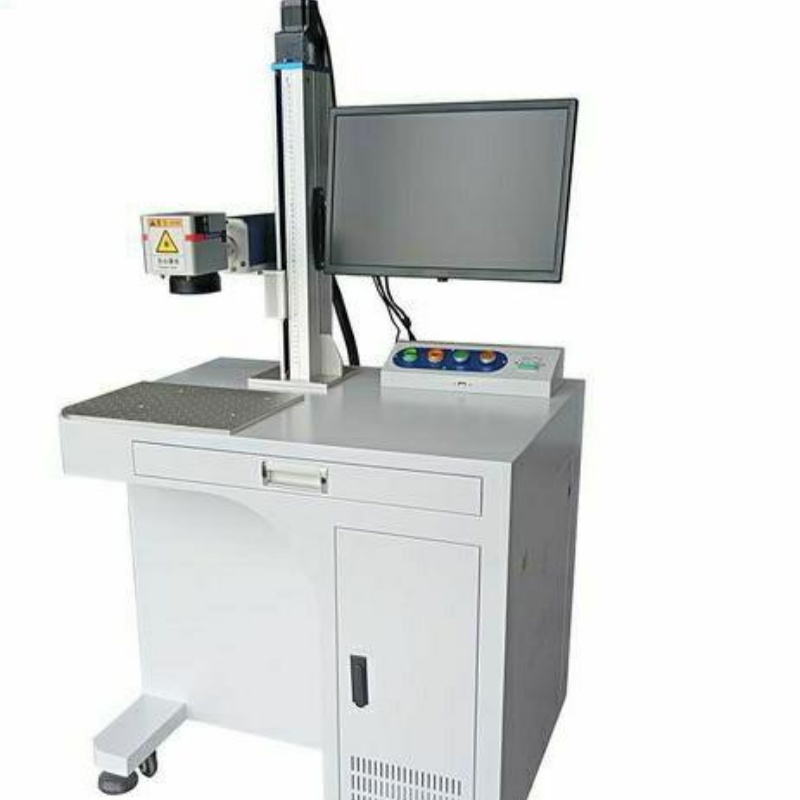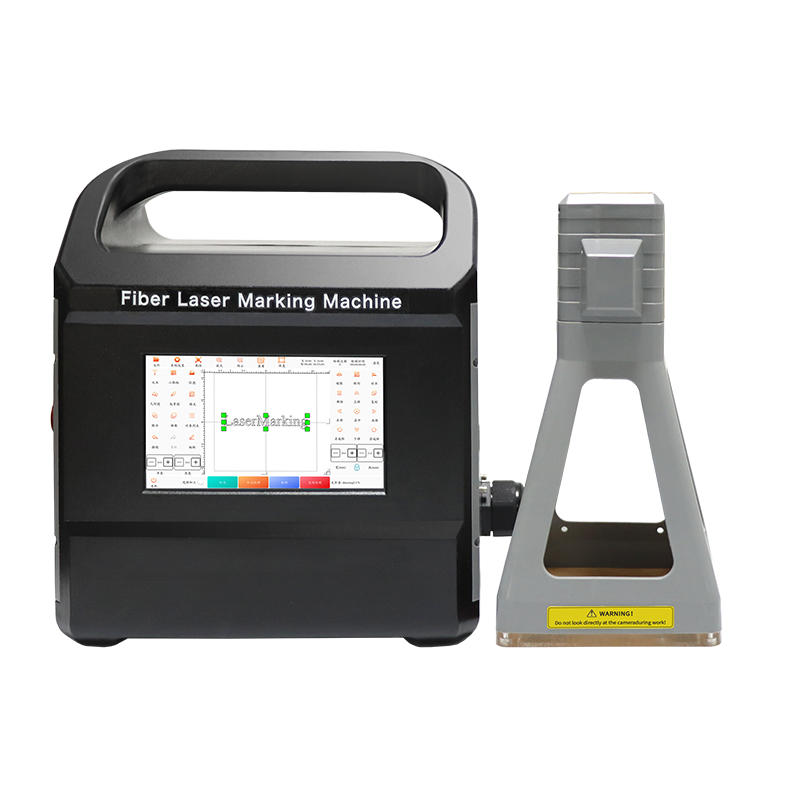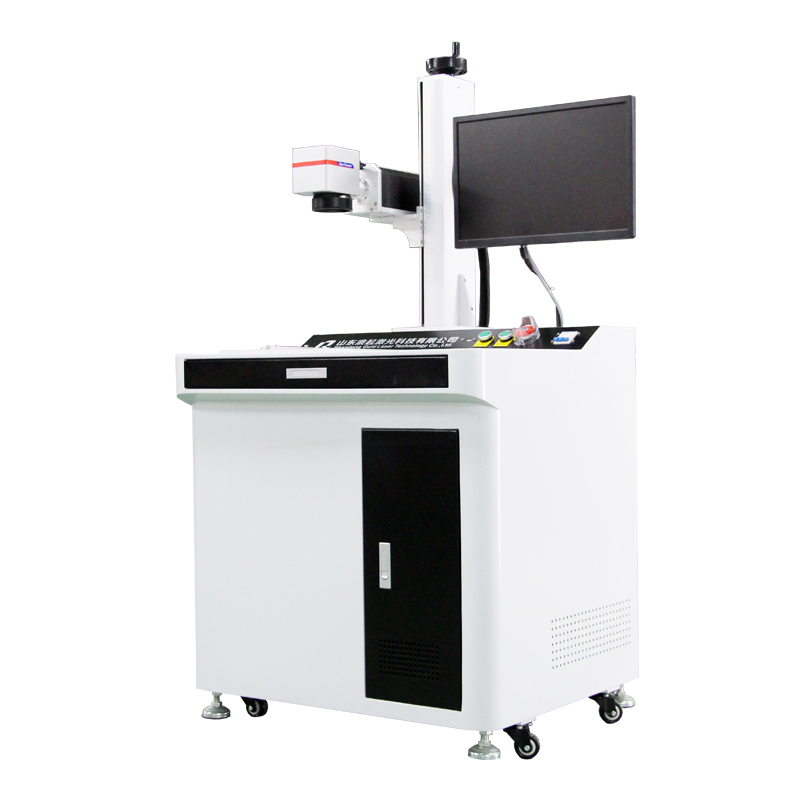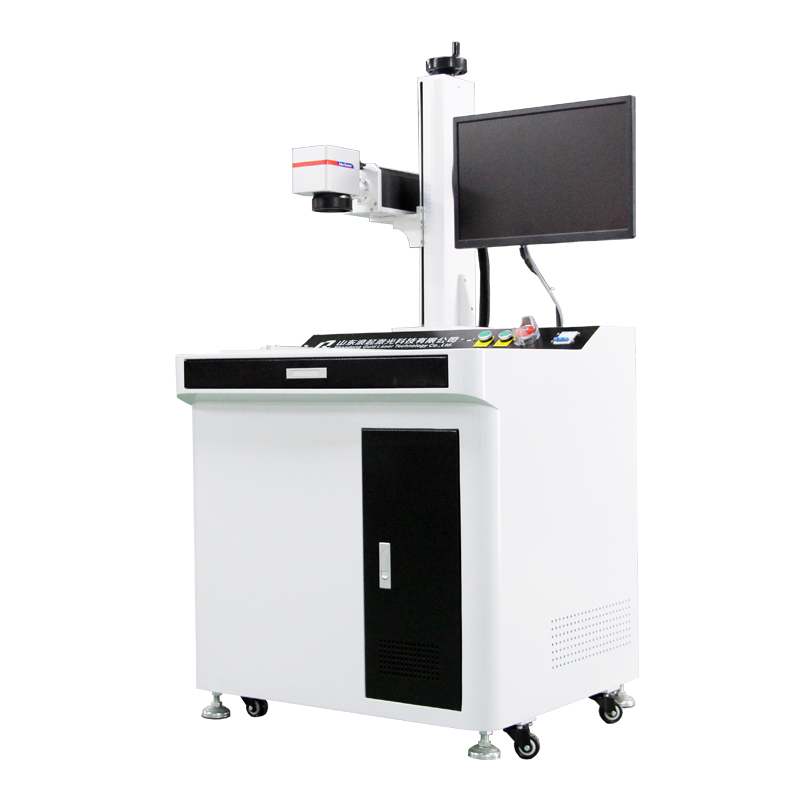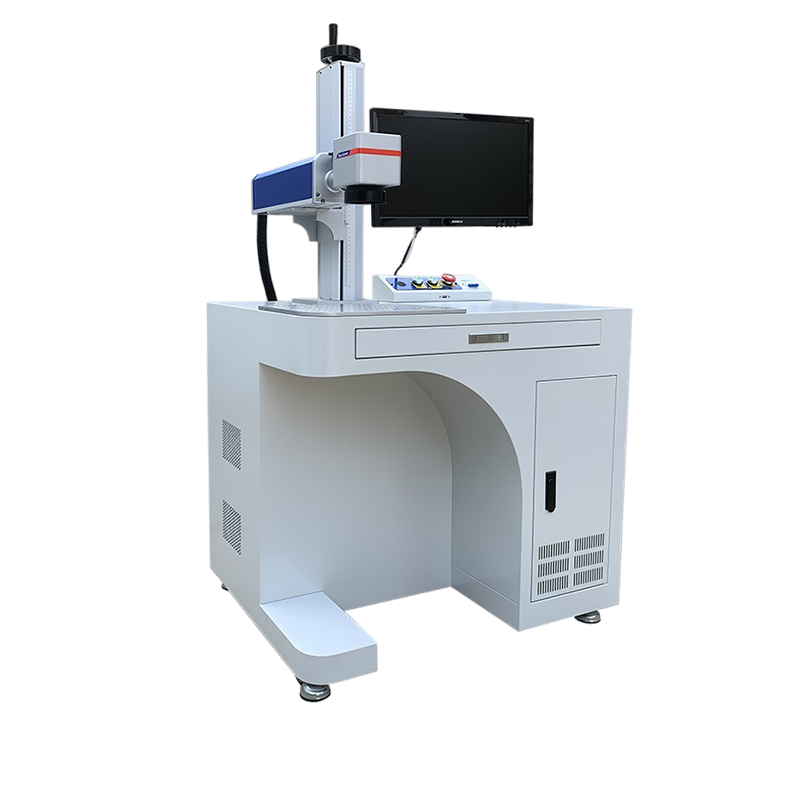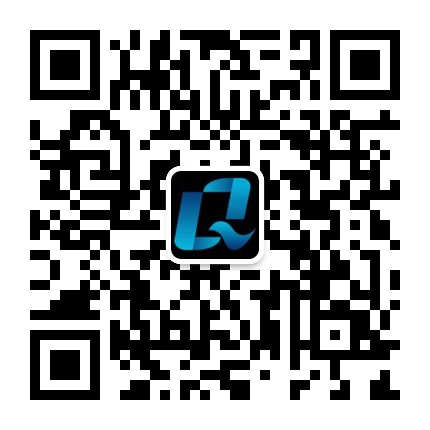Fiber laser marking machines are primarily designed for marking, engraving, or etching surfaces (including metals) but are not typically used for cutting metal materials.
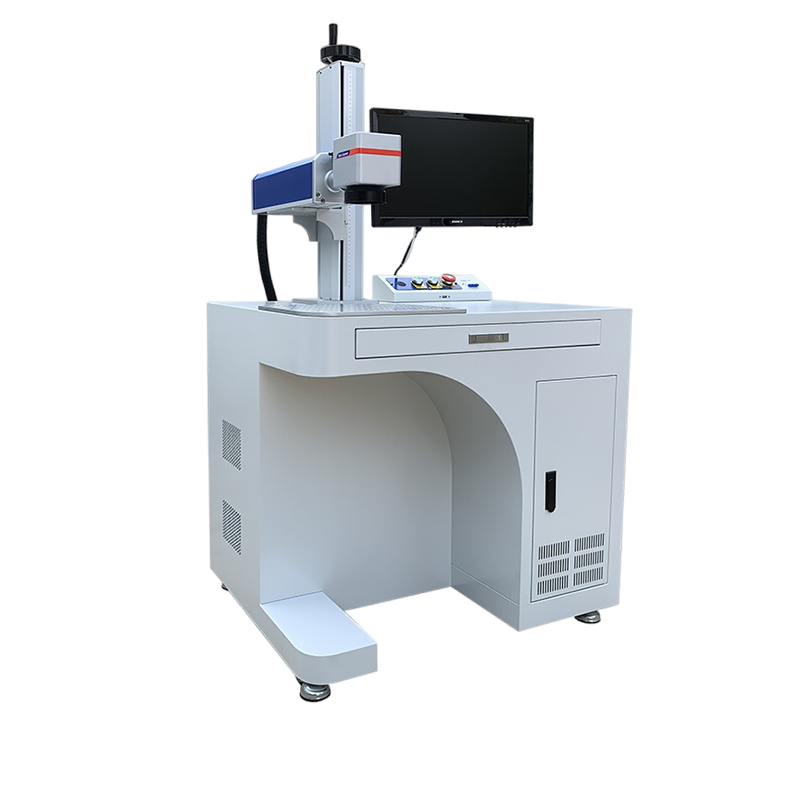
1. Power Limitations
Most fiber laser marking machines operate at low to medium power (20W–50W), which is sufficient for marking but insufficient for cutting thick metals.
Metal cutting generally requires higher power (100W–1000W+) to melt or vaporize material completely.
2. Purpose & Functionality
Marking/Engraving: Creates high-contrast marks, serial numbers, logos, or barcodes by altering the metal's surface (oxidation, annealing, or light ablation).
Cutting: Requires a continuous laser beam to penetrate through the material, which demands higher energy and specialized optics (e.g., fiber laser cutting machines).
3. Can It Cut Thin Metals?
Very thin metals (e.g., foil, 0.1–0.3mm) might be partially ablated with multiple passes, but:
The cut edges will be rough and imprecise.
The process is inefficient compared to a dedicated cutting laser.
4. Alternatives for Cutting Metal
If you need to cut metal, consider:
Fiber Laser Cutting Machines (500W–6kW, for precise cuts on sheet metal).
CO₂ Laser Cutters (for thicker metals, but less efficient than fiber).
Plasma or Waterjet Cutting (for very thick metals).
Conclusion
A fiber laser marking machine is not a practical tool for cutting metal. It excels at surface marking, while cutting requires higher power and different mechanics. If cutting is needed, opt for a dedicated fiber laser cutter.
Would you like recommendations based on your material thickness and application?

